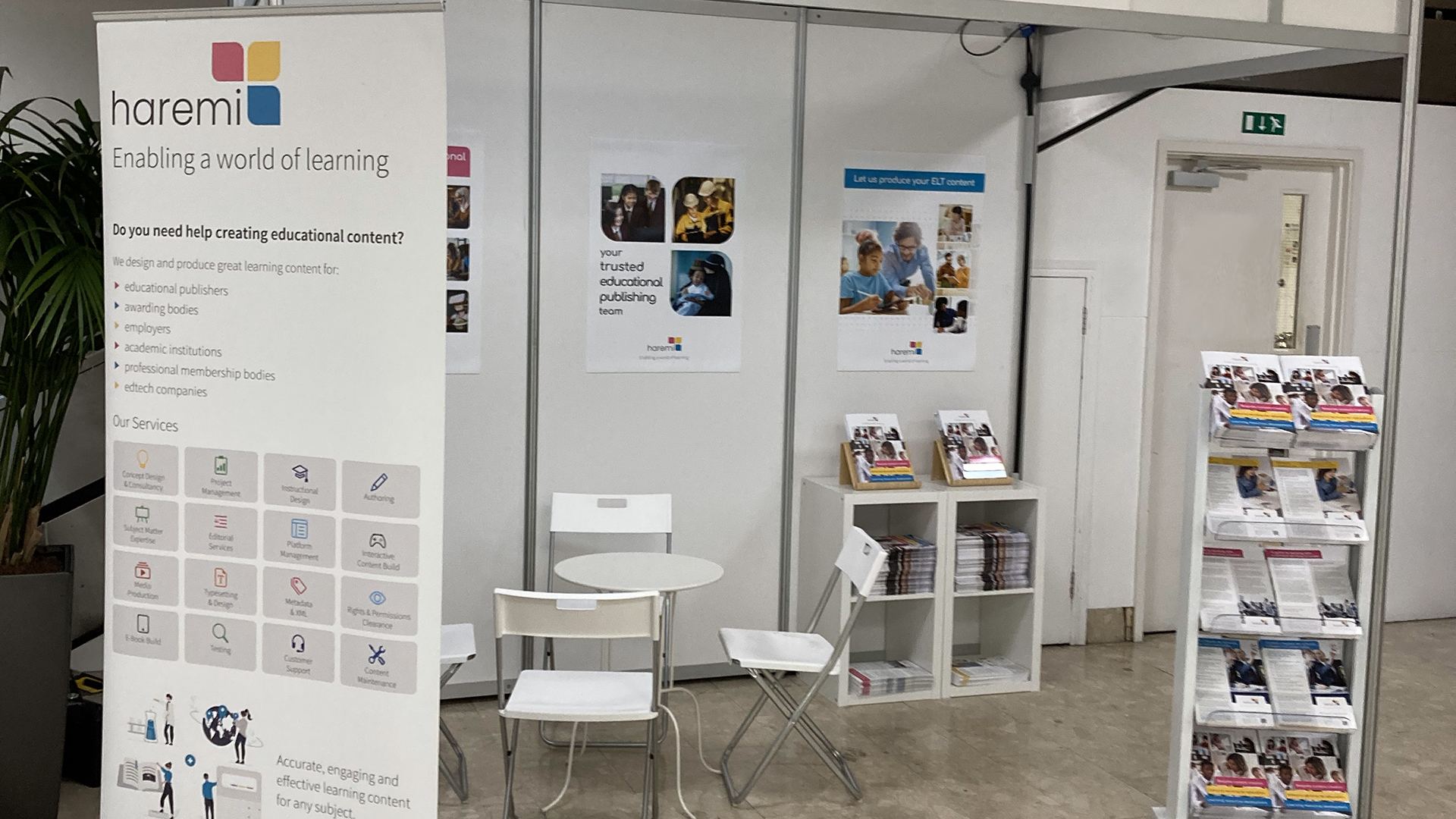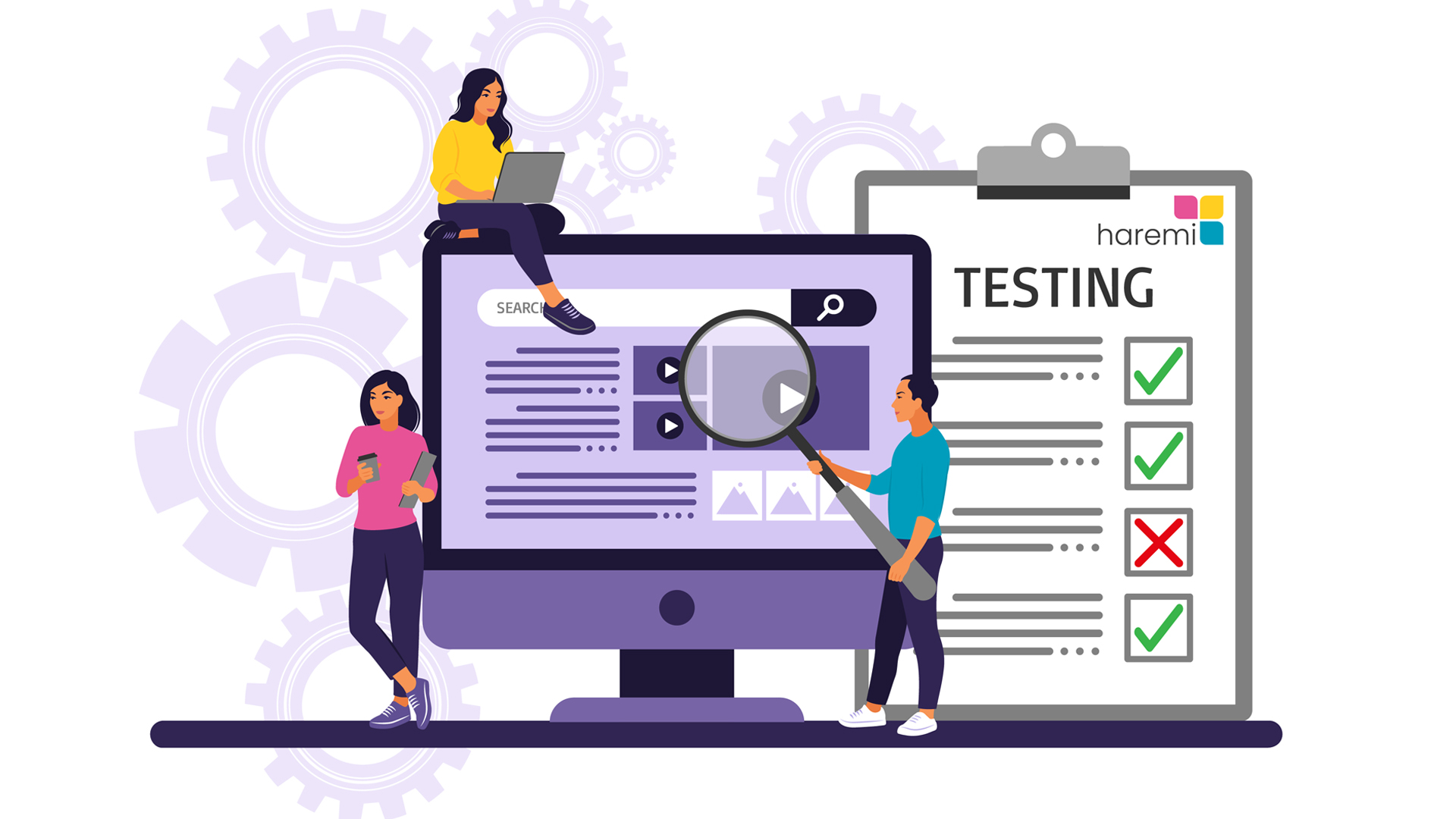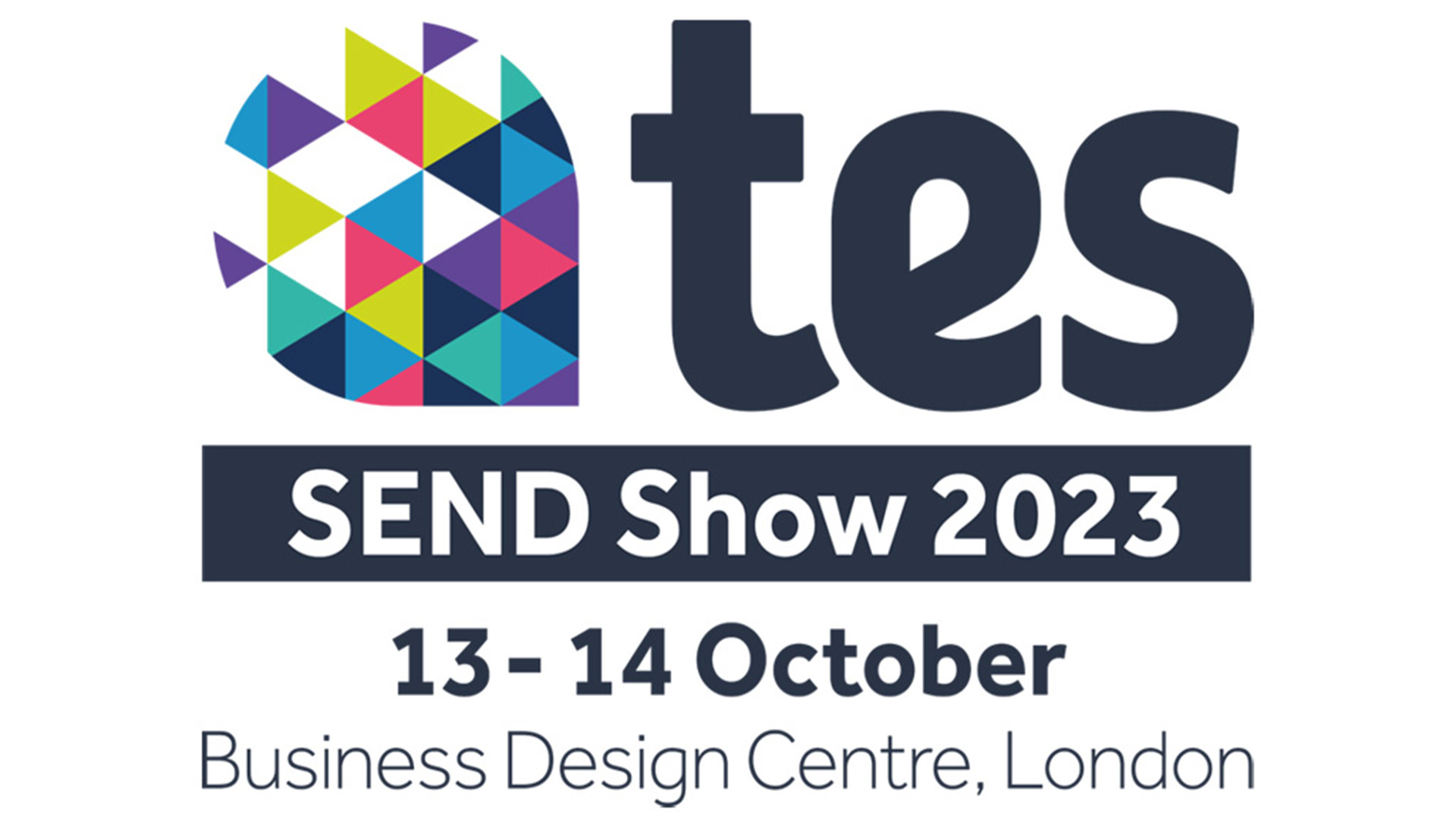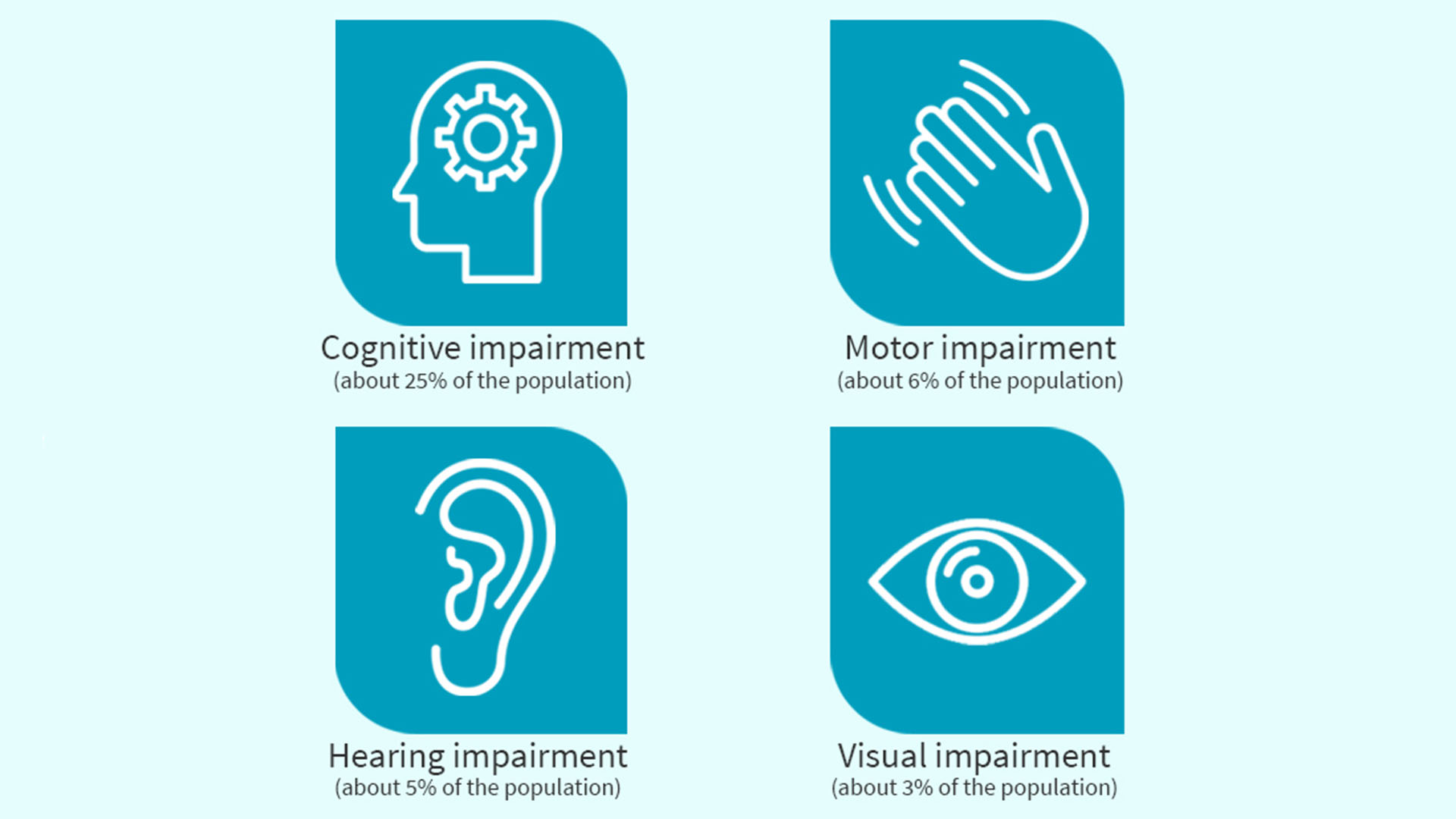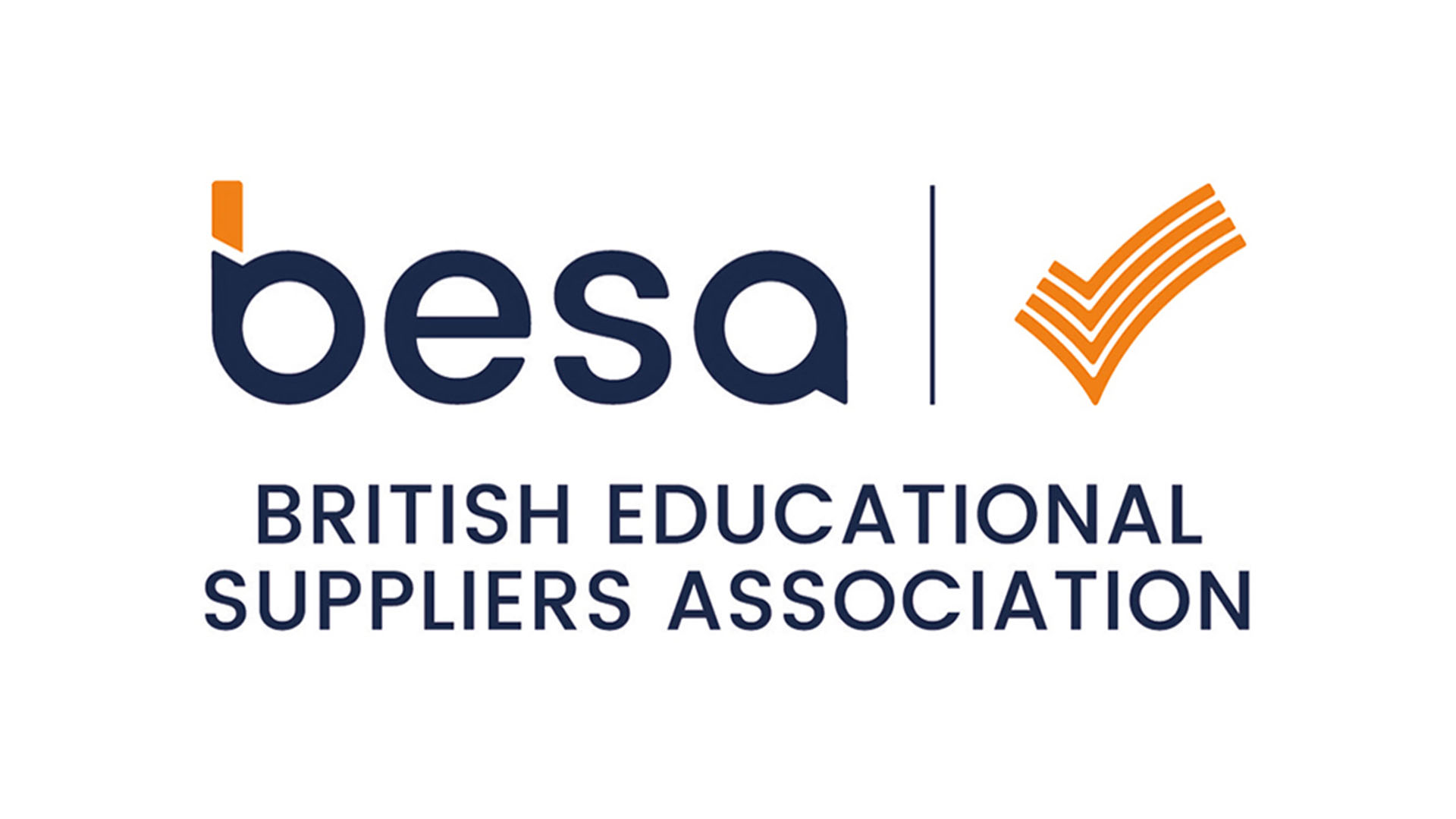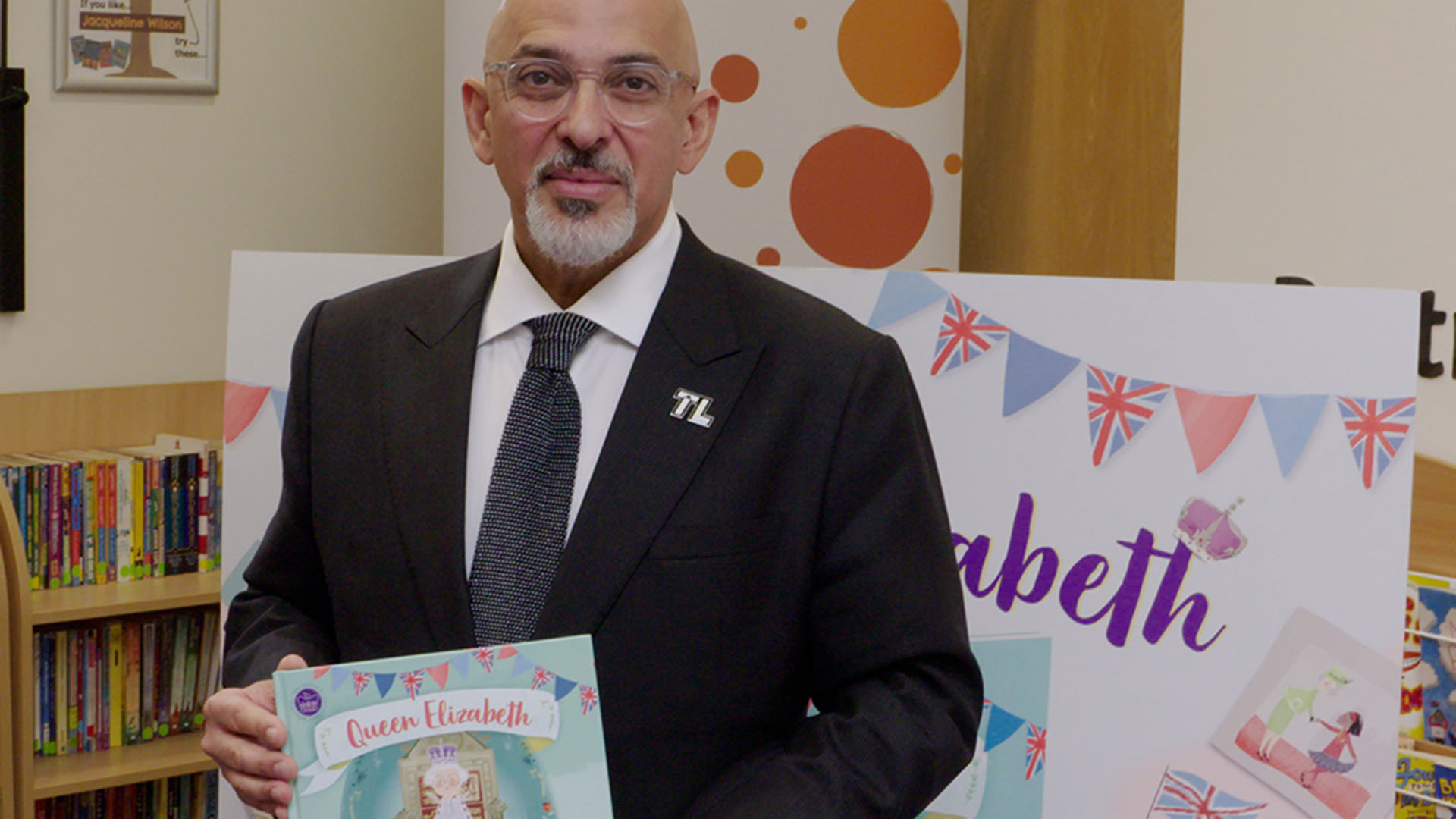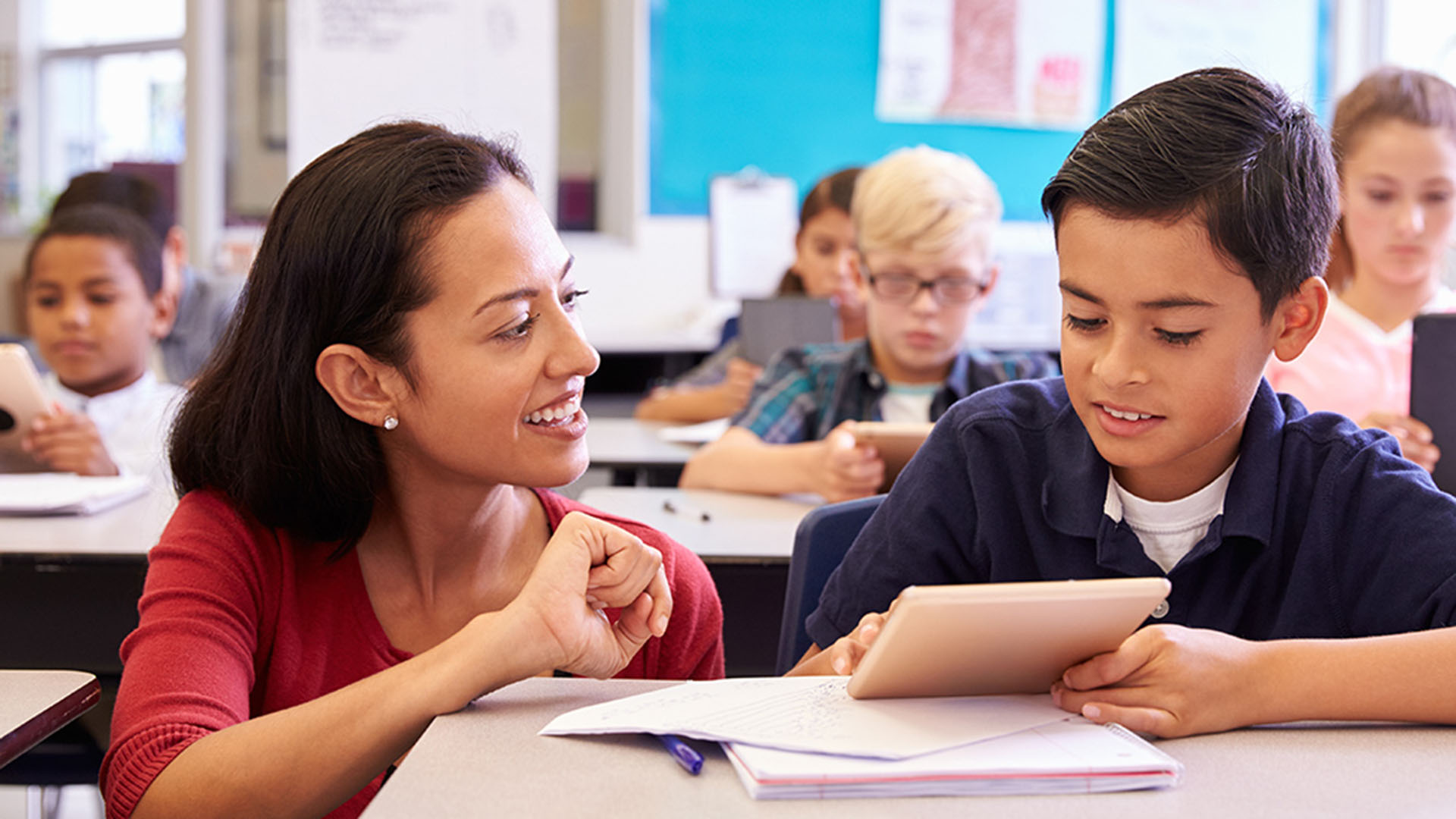
Inclusivity in ELT classrooms
Inclusive education is increasingly debated in English language teaching. White papers have been published and conferences are regularly organised around the theme. Institutions and teaching associations have introduced EDI (Equity, Diversity and Inclusion) policies. But what does inclusive education really mean? And how can ELT classrooms be more inclusive?
Inclusive education – what is it?
Inclusive education aims to ensure equal learning opportunities for all students. This requires adjusting syllabi, teaching materials and even assessment practices to help with challenges that learners face: challenges such as learning difficulties, disabilities and socioeconomic, cultural or linguistic disadvantages.
Inclusive education also recognises the diverse backgrounds of our learners, and values the different abilities, genders, races or ethnicities, religions, cultures, ages and sexual orientations in our classrooms.
The benefits of inclusive education
Inclusive education enables each individual to make progress according to their skills and abilities. This means better learning for students with special educational needs (SEN) or disabilities. In addition, inclusive education leads to richer learning for every learner in the classroom. This is because students develop empathy and social skills as they learn about their classmates and consider their own misconceptions. Inclusive education can boost learners’ self-confidence, promote positive attitudes and encourage independence. These skills will benefit our students in life outside the classroom.
Inclusivity and the language classroom
It is often in a language classroom that SEN, like dyslexia, dysgraphia or autism, are first diagnosed, or that the challenges facing immigrant children become clear. As a result, inclusive practices are particularly relevant for ELT.
Language classrooms are often diverse settings with learners and teachers from many different backgrounds. The make-up of classrooms can change frequently too. This is especially true of shorter courses, like summer schools, with a weekly intake of learners. Welcoming new classmates and sharing their experiences is common practice in language classrooms.
Language classrooms are good environments for inclusive teaching. Language teachers already build communication skills and promote learner autonomy by focusing on learning strategies. They implement task-based approaches like project work and favour the use of inclusive language. These teaching practices make it possible for all learners to take part in lessons.
Finally, it’s worth noting that students with SEN often have strengths that are particularly helpful for language learning. For example, autistic learners may have extensive knowledge about a topic of interest, which is an asset for project work. Learners who have worked hard to overcome difficulties with reading and writing can be an inspiration for their peers.
Creating inclusive classrooms
An inclusive classroom is one where all learners feel safe and welcome. It has a calm and peaceful atmosphere and its members accept what constitutes appropriate behaviour. Classes are well organised and clearly structured to increase engagement and minimise disruptions. Teachers make use of different techniques like collaborative work, visual diagrams and colours and hands-on learning. Classroom interaction is varied, with learners working as a class, in small groups and in pairs, with time for solo work. Creating an inclusive classroom is a challenge, but there is a lot to achieve with appropriate content and resources.
Teaching and learning materials
Content that celebrates difference is essential in inclusive education. Care must be taken to ensure that teaching and learning materials reflect diversity rather than reinforcing stereotypes or replicating unconscious bias. Rigorous editorial checking of topics, themes, texts and images is advisable. Content also needs to be accessible to all learners. This could mean using legible fonts to support learners with dyslexia or delivering large-print books for struggling readers.
Supporting teachers and learners
Resource materials for teachers, such as teacher’s books and guides, should also be conceived and written with inclusivity in mind. This will provide support for teachers unfamiliar with the challenges of teaching in an inclusive classroom. At a simple level, teaching notes could include ideas for scaffolding activities, adjusting tasks or even replacing them. Detailed background notes on supporting learners with special educational needs and disabilities, or even a training course, could be developed as part of an offer for educators.
Use of technology
Technology and digital tools can play an important role, too. Video content can bring other people, new places and different cultures into classrooms. Hybrid learning means that all learners can attend lessons, even if it is not physically possible for them to be present. Assistive edtech like speech-to-text services can help learners with hearing or visual impairments. Designing and building a strong digital offering should be an integral part of any educational project.
Assessment materials
Formal assessment can be a challenge for all learners, and more so if they have SEN or disabilities. So any assessment material provided as part of a course, such as tests or exams, needs to be fully adaptable. This enables teachers and institutions to tailor the materials to individual learners, creating shorter tests or tasks with fewer items. Materials for revision and practice that build confidence and help all learners reach their targets will be welcome in inclusive classrooms.
How Haremi can help
Haremi is proud to offer a wide range of services to support the development of inclusive and diverse ELT, ESL and EAL content for customers throughout the learning industries. We create adaptations of existing material, new editions and brand-new content. We design and produce books, interactive content, media assets and apps, and can offer dedicated in-house CELTA-qualified team members with many years of industry experience in the creation of pre-primary, primary and secondary ELT learning resources.
Specific services we offer include:
- management of complex, multi-component projects
- authoring
- Americanisation
- Anglicisation
- language level reviews
- curriculum mapping or remapping
- native language content (e.g. Arabic, Spanish, Mandarin)
- cultural sensitivities review
- photo research
- rights and permissions clearance
- copyediting
- proofreading
- typesetting.
If you'd like to find out more about our ELT Publishing Services, please contact us.

